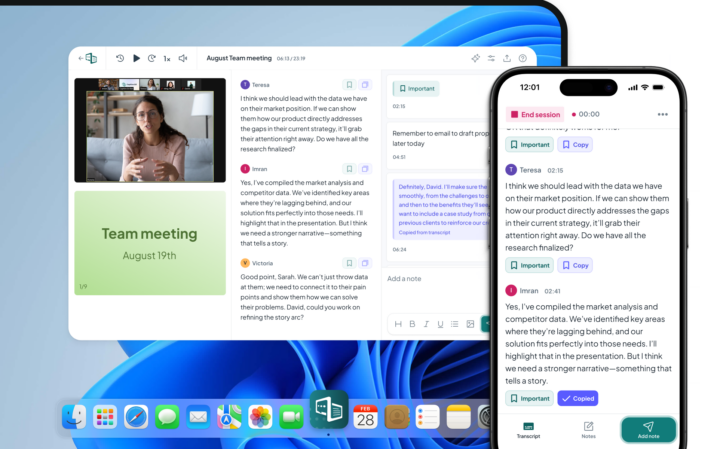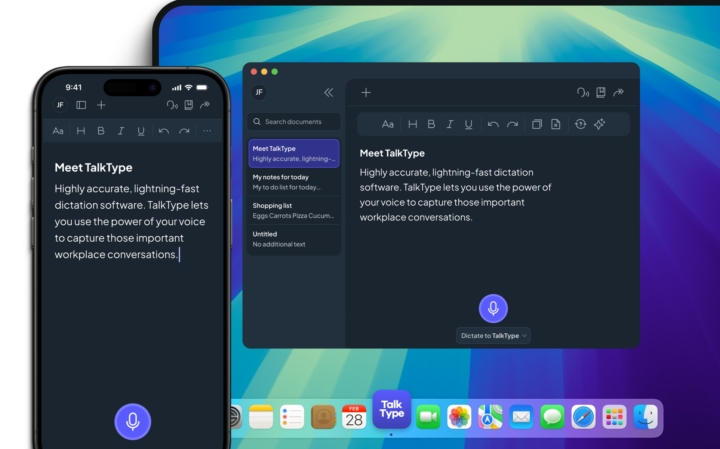Were the Characters Written Based on a Mental Illness?
No one can say for sure what A.A. Milne intended when he created these vivid characters and set them to stories beyond the need to entertain the real-life Christopher Robin. While they could offer hidden meanings, we also have to factor in an element of creative licence and the need for imagination.
However, most researchers seem to agree that the well-known characters in the Christopher Robin stories make use of a variety of pronounced and distinct personality types. Winnie the Pooh is amiable, friendly, and gentle, but also complex in his desire for honey. Piglet is supportive and helpful, but also shy and reserved. These characters contrast with more overt personalities found in the characters of Rabbit, Owl, and Tigger.
So, it may be that the author intended to include a good diversity of characters to help enhance the storytelling and capture children’s imaginations. But whatever the author’s motivations, they’ve presented an interesting collection of characters that represent mental illness, neurodiversity, and psychosocial or environmental influences.




